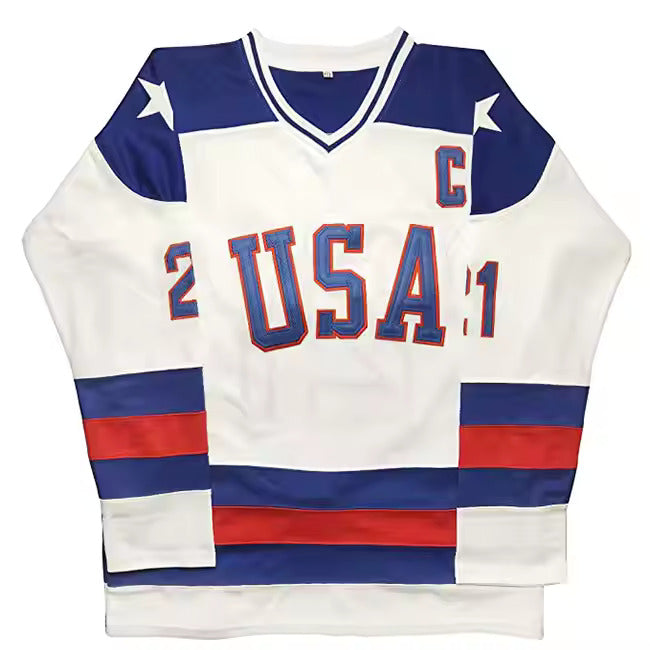Embroidery is an age-old craft that has evolved into a versatile art form, combining creativity with intricate design. Whether you're a hobbyist looking to explore a new skill or a professional seeking to add personalized touches to fabrics, embroidery offers endless possibilities. In this guide, we’ll explore the history, techniques, and modern applications of embroidery to inspire your next project.
The Timeless Art of Embroidery
Embroidery has been a part of human culture for centuries, with roots tracing back to ancient civilizations. From the elaborate silk threads of China to the vibrant patterns of Eastern Europe, embroidery has always been a means of storytelling, cultural expression, and decoration.
Today, it is both a traditional craft and a contemporary art form, used to create personalized items, add intricate details to garments, and even craft bold statements in modern fashion.
Essential Embroidery Techniques
Mastering embroidery starts with understanding its core techniques. Here are some foundational stitches and their applications:
-
Running Stitch: Simple and versatile, ideal for outlining designs.
-
Backstitch: Perfect for creating strong, continuous lines.
-
Satin Stitch: Used for filling shapes with smooth, solid coverage.
-
French Knots: Adds dimension with decorative dots.
-
Chain Stitch: Great for decorative borders and curved patterns.
Whether you’re hand-stitching or using an embroidery machine, these techniques are the building blocks of beautiful designs.
Tools and Materials You’ll Need
To get started with embroidery, gather these essential tools:
-
Embroidery Hoops: Keeps the fabric taut for precise stitching.
-
Needles: Choose needles suited to the fabric and thread.
-
Threads: Opt for cotton, silk, or metallic threads depending on your project.
-
Fabric: Linen, cotton, and canvas are popular choices.
-
Transfer Tools: Use tracing paper, stencils, or pens to outline designs.
Modern Trends in Embroidery
Embroidery has found its place in contemporary design and culture. Here are some popular trends:
-
Personalized Gifts: Monogrammed towels, initials on garments, and custom patches.
-
Home Décor: Embellished pillowcases, wall art, and table linens.
-
Fashion Statements: Embroidered denim, jackets, and accessories.
-
Mixed Media Art: Combining embroidery with painting or digital design.
-
Eco-Friendly Crafting: Upcycling old clothing with creative embroidery patches.
Tips for Embroidery Beginners
-
Start Simple: Begin with basic stitches and small patterns before tackling complex designs.
-
Practice Regularly: Dedicate time to refine your technique and explore new stitches.
-
Invest in Quality Tools: High-quality needles and threads can make a significant difference in your work.
-
Seek Inspiration: Join online communities, watch tutorials, or take classes to stay motivated.
-
Experiment: Don’t be afraid to play with colors, textures, and materials.
Why Embroidery is More Than a Craft
Embroidery is not just a creative outlet; it’s a way to connect with traditions, express individuality, and create meaningful keepsakes. Each piece tells a story, carrying the effort and passion of its creator.
Conclusion
From its rich history to its modern applications, embroidery is a craft that combines skill, creativity, and tradition. Whether you’re stitching a heartfelt gift or adding flair to your wardrobe, embroidery offers endless opportunities for artistic expression. Pick up your needle and thread, and start creating something extraordinary today!


